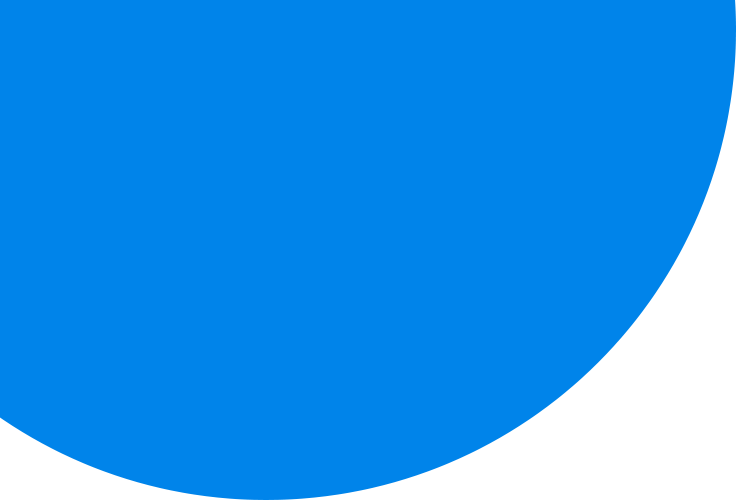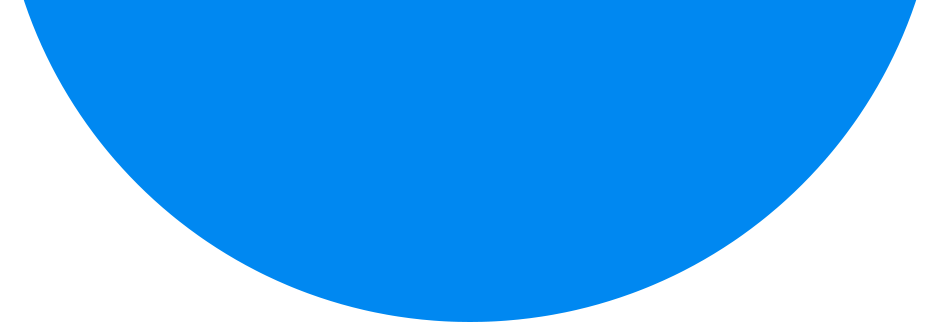


Il monitoraggio remoto dei pazienti (RPM) si riferisce alla pratica di raccogliere dati sanitari da pazienti al di fuori dei contesti clinici tradizionali. Questi dati vengono quindi trasmessi in modo sicuro agli operatori sanitari, consentendo loro di monitorare lo stato di salute di un paziente da remoto.
RPM programs typically leverage various technologies to collect a range of health data, including:
The benefits of RPM are multifaceted, offering advantages for patients, healthcare providers, and healthcare systems as a whole.
Several chronic conditions can be effectively managed through RPM programs. Here are some prime examples:
These are just a few examples, and the applications of RPM continue to expand as technology and data analysis capabilities evolve.
RE.DOCTOR PPG Vitals Scan steps into the realm of RPM by transforming your smartphone into a convenient tool for vital sign monitoring. The app utilizes photoplethysmography (PPG) technology, a technique that employs the smartphone’s camera and light sensor to detect tiny blood volume changes beneath the fingertip. Based on these variations, RE.DOCTOR PPG Vitals Scan estimates vital signs, typically including:
By integrating RE.DOCTOR PPG Vitals Scan readings into an RPM program, healthcare providers can gain valuable insights into a patient’s health status between clinic visits. This continuous data stream allows for:
While the core functionalities of RE.DOCTOR PPG Vitals Scan might focus on heart rate and SpO2 monitoring, some variations of the app might offer additional features:
It’s important to consult the specific app description or user manual to confirm the exact features and functionalities offered by RE.DOCTOR PPG Vitals Scan.
Advantages:
RE.DOCTOR PPG Vitals Scan offers several advantages within the context of remote patient monitoring:
User-Friendly Design: The app’s user-friendly interface makes it accessible to patients with varying technical backgrounds. This is crucial for promoting patient engagement and adherence to RPM programs.
Costo-efficacia: Leveraging a smartphone for vital sign monitoring can be a more cost-effective solution compared to relying on dedicated medical equipment. This can benefit both patients and healthcare systems.
Convenience and Portability: The app allows for remote monitoring from virtually anywhere, eliminating the need for frequent clinic visits and enhancing patient convenience. This can be particularly beneficial for patients with limited mobility or those residing in remote locations.
Real-Time Data Insights: RE.DOCTOR PPG Vitals Scan provides healthcare providers with near real-time access to vital sign readings. This allows for quicker identification of potential issues and more timely interventions.
Limitations:
It’s important to acknowledge the limitations of RE.DOCTOR PPG Vitals Scan for RPM:
Not a Diagnostic Tool: The app’s readings shouldn’t be solely relied upon for diagnosis. Healthcare providers will conduct proper clinical assessments for definitive diagnoses.
Accuracy Considerations: The accuracy of RE.DOCTOR PPG Vitals Scan readings can be influenced by factors like user technique (finger placement, movement), skin tone, and certain medical conditions. While valuable insights can be obtained, readings shouldn’t be the sole basis for critical healthcare decisions.
Sicurezza e privacy dei dati: As with any app handling health data, security and privacy are paramount concerns. It’s crucial to ensure RE.DOCTOR PPG Vitals Scan adheres to data security best practices and transparent data handling policies. Always download the app from official app stores and review the privacy policy before use.
When incorporating RE.DOCTOR PPG Vitals Scan or any app into an RPM program, data security and privacy are top priorities. Here are some key considerations:
By prioritizing data security and user privacy, healthcare providers and patients can leverage RE.DOCTOR PPG Vitals Scan with confidence within RPM programs.
RE.DOCTOR PPG Vitals Scan can be a valuable tool for various stakeholders within the realm of remote patient monitoring. Here’s a breakdown of the potential beneficiaries:
Patients with Chronic Conditions Suitable for RPM:
Case Study: Remote Heart Failure Management with RE.DOCTOR PPG Vitals Scan
Imagine John, a 68-year-old diagnosed with congestive heart failure (CHF). Frequent hospital visits and medication adjustments disrupt his daily routine. Enrolling in an RPM program that incorporates RE.DOCTOR PPG Vitals Scan allows John to monitor his weight and heart rate remotely. This data empowers his doctor to detect potential fluid buildup, a common CHF symptom, early on, enabling timely adjustments to his medication regimen. This can help John avoid unnecessary hospital visits and improve his quality of life.
Healthcare Providers Offering RPM Programs:
Healthcare Systems with Established RPM Infrastructure:
The Future of Remote Patient Monitoring with Tools Like RE.DOCTOR PPG Vitals Scan
Il futuro dell’assistenza sanitaria si sta senza dubbio spostando verso modelli più incentrati sul paziente e guidati dalla tecnologia. Il monitoraggio remoto del paziente (RPM) svolge un ruolo cruciale in questa trasformazione e RE.DOCTOR PPG Vitals Scan esemplifica il potenziale degli strumenti basati su smartphone per il monitoraggio dei segni vitali all'interno dei programmi RPM. Man mano che la tecnologia avanza e le app intuitive come RE.DOCTOR PPG Vitals Scan diventano più sofisticate, possiamo aspettarci che una gamma più ampia di parametri sanitari venga monitorata da remoto, rivoluzionando ulteriormente l’erogazione dell’assistenza sanitaria e consentendo ai pazienti di farsi carico della propria salute.
What’s Next?:
Se sei un paziente interessato ad esplorare le opzioni di monitoraggio remoto del paziente, discuti la possibilità di utilizzare RE.DOCTOR PPG Vitals Scan con il tuo medico. Gli operatori sanitari e i sistemi sanitari possono studiare in che modo RE.DOCTOR PPG Vitals Scan può integrare i programmi RPM esistenti o avviarne di nuovi. Ricorda, una comunicazione e una collaborazione efficaci tra pazienti, fornitori e sistemi sanitari sono fondamentali per sfruttare tutto il potenziale del monitoraggio remoto dei pazienti e trasformare in meglio l'assistenza sanitaria.
For additional resources on remote patient monitoring best practices and data security considerations in RPM programs, explore the following links: Remote Patient Monitoring Association website & Health IT Trust Alliance on security and privacy .
Possiamo mostrare come integrare facilmente la raccolta dei segni vitali nella vostra app o sito web.
Nord America: +1-307-278-9811
Europa: +374-041-200-356

Le nostre soluzioni non sostituiscono un professionista del settore sanitario e non diagnosticano, prevengono o curano alcuna forma di malattia o patologia.
